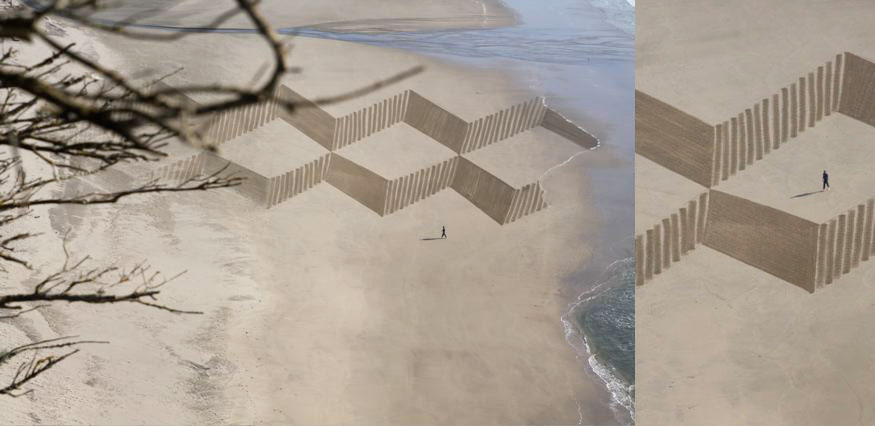No. 01: Not Having a Plan
Even though many social media applications are free, they still cost small businesses time – and time equals money. To avoid wasting valuable time and money, start by putting together a social media marketing plan. Ask yourself what you hope to achieve from social media and how you plan to get there. Determine the amount of time and resources you are willing to devote to the program. Once you have a plan in place, it will be easier to focus on achieving the results you want.
No. 02: Too Much Too Soon
After establishing a plan, often small business owners jump into all aspects of the social space at once. This can be a huge mistake because it’s easy to get overwhelmed very quickly. Not all social networks make sense for every business or business owner. Do some research to determine which platforms best fit your business goals. What sites are your competitors and customers on? Consider starting with a platform you are familiar with and that you already have established network on.
No. 03: Not Measuring Your Success and Return on Investment
As a small business, you have limited time and resources, so it’s important to measure every aspect of your business to be sure it’s worth the investment. A social media program is no exception. Make sure you set goals for your program and that you have ways to monitor these. Most social media applications have some type of analytics associated with their platforms, as well as help sections that explain how to use the tools.
No. 04: Underutilizing Social Platforms for Branding
Every social media platform includes multiple fields for businesses to insert their brand messages and images. Many small business owners will leave multiple fields on their profiles blank. This is a big mistake. Your company information, logo, and any other links or images on your profile are the sales tools you have to pique a potential customer’s interest in your business. If your profile is half complete it reflects poorly on your company. Plus, the more complete the information is on your social profile, the more likely you are to be found in search results.
No. 05: Promoting Without Listening or Engaging
Have you ever been to a party and met someone who constantly talked about themselves? It’s a real turn off. Social media is very similar; if you constantly talk about your business and what your business offers without listening or engaging with others, your network will fall flat. Don’t be afraid to jump into conversations with new people or to ask questions. Likewise, if someone asks you a question or makes a comment to you, make sure you respond.
No. 06: Not Addressing Negative Comments or Feedback
Occasionally, business owners will have disgruntled customers and clients who post negative messages about their business or services. The initial reaction is to immediately delete the post. Do not do this! Social media is based upon transparency and authenticity. When you delete a post, you indicate to others that you are uncomfortable with what your brand is doing or represents. Instead of deleting the post, face it head-on and fully address the concern. Dealing with it will earn you more brand loyalty than you had before. Remember, these are the people who essentially pay your bills; if you believe in your product and service; you have nothing to hide from them.
No. 07: Not Claiming Existing Profiles
Did you know that a lot of your company information is a matter of public record? This means that regardless if you want to be involved socially or not, your company might already be. Services such as Google Places and Yelp may list information about your company whether you’ve created a profile or not. Don’t feel violated or angry; use this as an opportunity to expand your Web presence. All of these services give you the option to control what’s shown about your company and how it’s shown. Claim all of the profiles that mention your company and update the information. Be consistent on each network so the same information is listed.
No. 08: Skimping on Time
Building an online presence takes time. If you are truly interested in expanding your network online, you need to be prepared to put in the time. For your social media marketing plan to succeed, it’s crucial that you consistently interact online; even if it’s just 10 minutes a day. If you can’t put in the time, it’s best not to start.
No. 09: Lacking Passion
Social media marketing requires passion to be successful. As the owner, you know your brand better than anyone else, but if you aren’t passionate about interacting online, your social media efforts won’t work. If you have the resources, consider having one of your employees or an intern run the program. Social media can make a big impact on your business, but (like anything) you need to have a certain level of interest and passion to make it successful.
No. 10: Not Knowing When Social Media Isn’t Right for Your Business
Just because lots of businesses are using social, doesn’t mean you have to. For many small businesses, social media isn’t the right outlet, and you can waste a lot of time on it. If you decide social isn’t your forte, that’s fine. At the very least, make sure you heed the advice in Mistake No. 07.
Social media marketing can do amazing things for small businesses, but only if it is utilized properly. Whether you like it or not, your brand is online, so even if you aren’t ready to create a full social media program, you should at the very least make sure you take control of sites you are already listed on.
Written by Pamela Springer
For more information regarding Organic SEO campaigns and social media contact me at
db@davidbadajoz.com or visit
www.davidbadajoz.com.

































